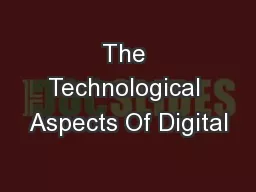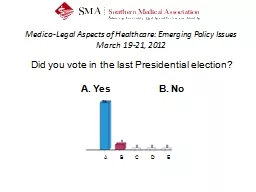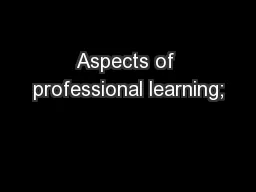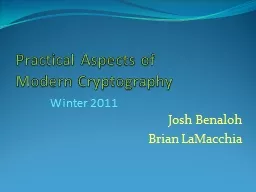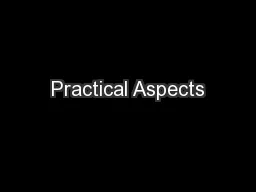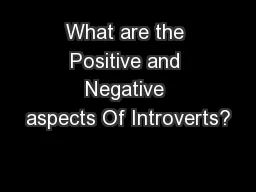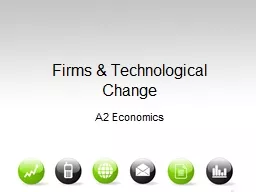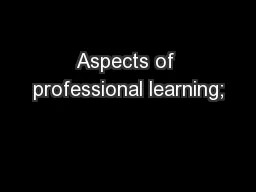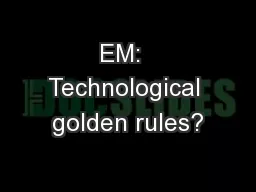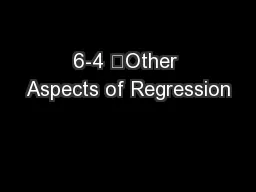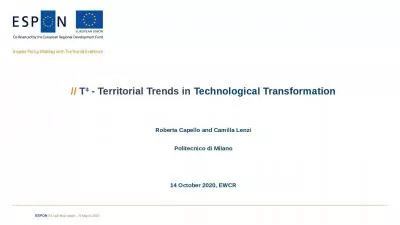PPT-The Technological Aspects Of Digital
Author : debby-jeon | Published Date : 2015-10-10
DJing Austin Machicote COMP 89 April 19 th 2011 Disc jockey or DJ selects and plays recorded music for an audience Disc refers to disc records Jockey operator
Presentation Embed Code
Download Presentation
Download Presentation The PPT/PDF document "The Technological Aspects Of Digital" is the property of its rightful owner. Permission is granted to download and print the materials on this website for personal, non-commercial use only, and to display it on your personal computer provided you do not modify the materials and that you retain all copyright notices contained in the materials. By downloading content from our website, you accept the terms of this agreement.
The Technological Aspects Of Digital: Transcript
Download Rules Of Document
"The Technological Aspects Of Digital"The content belongs to its owner. You may download and print it for personal use, without modification, and keep all copyright notices. By downloading, you agree to these terms.
Related Documents

